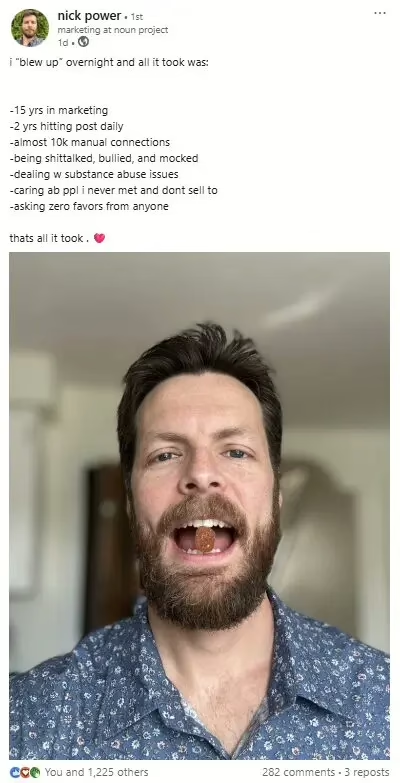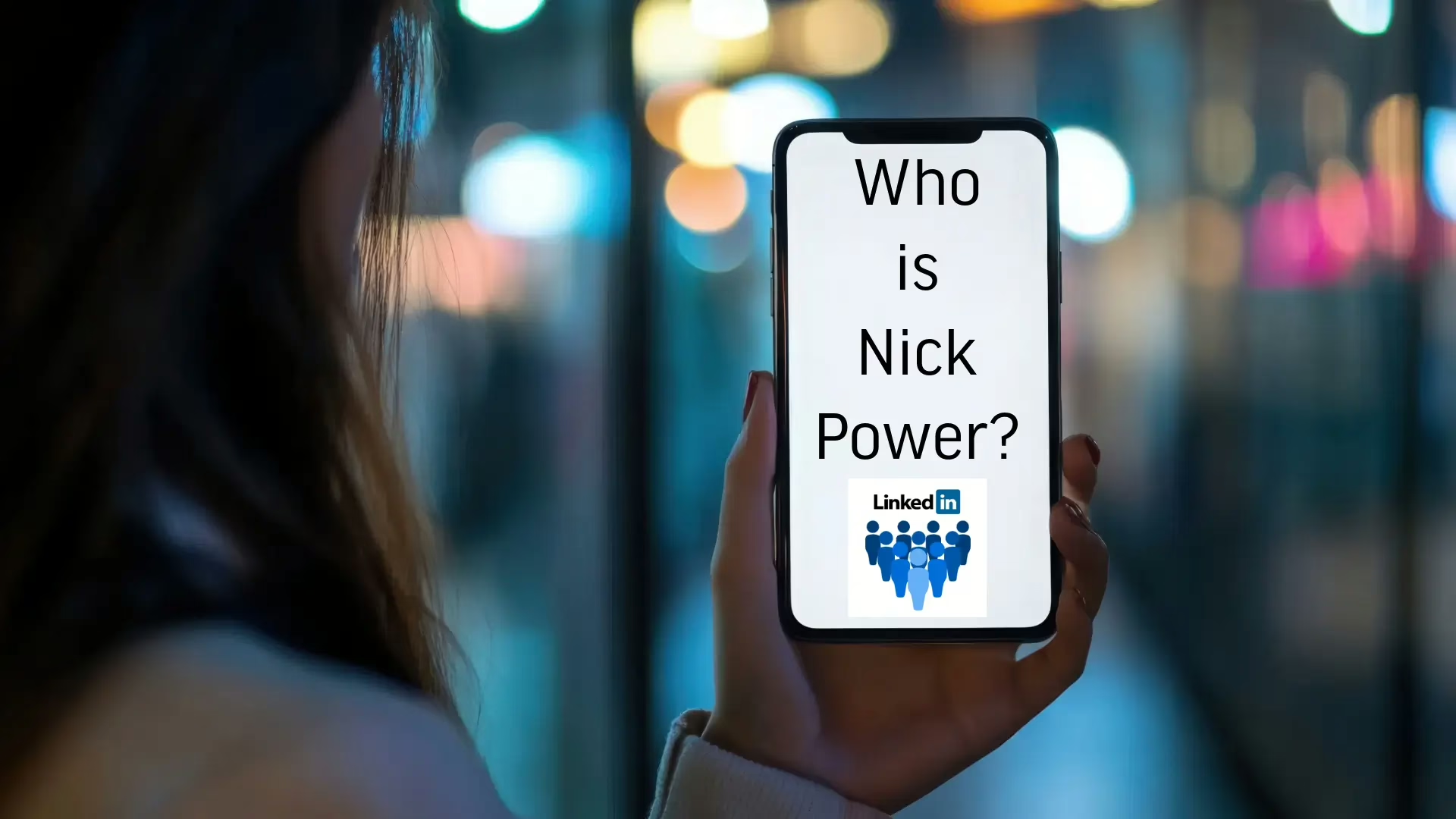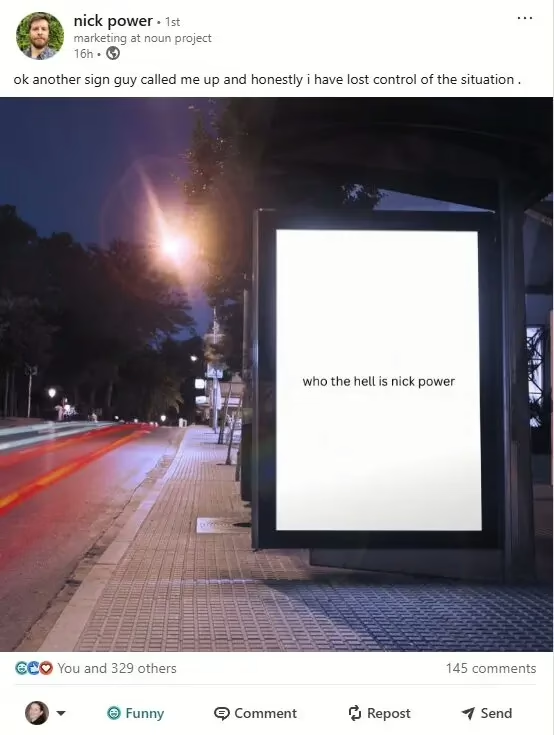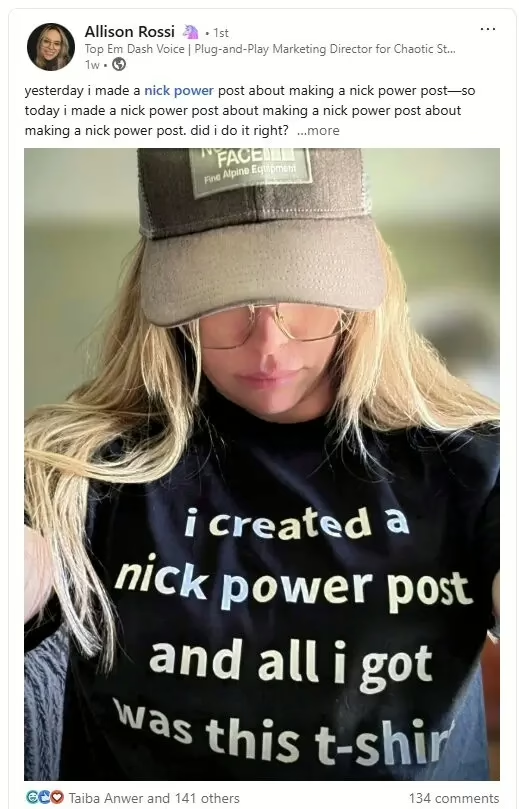Remember when LinkedIn was just a place to park your digital resume? A static collection of job titles, education credentials, and the occasional “I’m pleased to announce” post about a new position?
Those were the good old days.
In recent years, LinkedIn has occupied this strange middle ground. No longer just a job-hunting tool, it morphed into quite a casual social space. Sort of like what one might envision would happen if Facebook and Twitter spawned a love child.
Users struggle to find their authentic voice among the corporate jargon and humble brags that flood their feeds. They’ve wrestled with algorithm changes that seem to favor certain types of content one week and something entirely different the next. They’ve watched their thoughtful posts disappear into the black hole of the interwebs, never to be seen again.
The challenge seems insurmountable at times. How do you stand out in a sea of thought leadership? How do you connect with your ideal audience when everyone is shouting into the same crowded room? How do you build a loyal following without resorting to engagement pods or other underhanded tactics?
Just ask Nick Power.
Unless you’ve been under a rock for the last couple of months, his name should ring a bell. Head of marketing at the Noun Project, Power went from posting thought-leadership-style posts about the marketing industry that garnered a few likes or comments to an overnight sensation. His engagement has skyrocketed. People are talking about him all over the platform. The man even has fan T-shirts.
Power was gracious enough to share the secrets of his success with our readers. Check out his LinkedIn profile before you dive into this post to get the full experience.
I blew up overnight, and all it took was…
Power is the first to laugh when you call what has happened to his LinkedIn profile an overnight success. His name may be in everyone’s mouth these days, but it wasn’t a fluke that happened. And it certainly wasn’t the meteoric rise to fame some perceive.
Like many others trying to claw their way to the surface on the platform, Power posted consistently for two years without gaining much traction. It was only after he began noticing a shift in how people were interacting on LinkedIn that he decided to make a bold change to his posting style.

The gamble paid off.
What started as a personal experiment in February to test his theory quickly exploded by March. “I’ve never seen anything like it in my 15 years of marketing,” he said. “It was kind of overwhelming; it happened so fast. I just woke up one day to a landslide of notifications. It was wild.”
The shift to “chaotic authenticity”
Like any good marketer, Power observed the shift in user behavior and adapted his copy to fit the mold. “I’d been writing marketing thought leadership, and meanwhile, it felt like outside of LinkedIn, the world was spiraling a little bit. On LinkedIn, there was this disconnect…where people weren’t really talking about it. Those who were shared news articles and acted as a sort of pundit.”
He went from traditional long-form posts that waxed poetic on marketing strategies to a short-form style infused with humor. Power touched on all the things people are thinking about today in short bursts, packaging his thoughts in a non-threatening way that made them more relatable. His plan worked like a charm. His post engagement skyrocketed with people sharing genuine experiences and sometimes simply riffing back.
It was confirmation of what he’d suspected for quite some time. People using the platform were ready for a change.
“I knew this was going to happen whether I did it or not,” Power said, pointing to a post he made nearly a year ago on the matter. “The platform was going to shift into a more casual and short-form kind of space. Think about it. Why wouldn’t it happen? People are bound to get bored with the same thing after a while.”
He affectionately dubbed this transformation “chaotic authenticity.”
The secret sauce: humor + relatability
Power’s new posting style works for several key reasons. The shorter format improves accessibility, taking seconds to read (but sticking with you for hours). Using humor as his delivery mechanism is another factor for success. The format makes the serious topics he cares about more approachable and relatable.
Lastly, his content reflects what’s already in people’s heads. Because others can relate, they’re more likely to stop scrolling and engage, further boosting Power’s visibility on the platform.
The signs of his successful experiment are everywhere. People have turned him into funny memes. Some of his more ardent fans made T-shirts to capitalize on the Nick Power trend online.
“Nobody ever ran these things past me,” he said, laughing. “That all took on a life of its own.”
Still, it doesn’t matter. Mission accomplished. He confirmed an emerging shift in the way people wanted to use the platform and boosted his presence as a marketing authority simultaneously.
The surprising ROI of being human-first
In a world obsessed with the AI-ification of absolutely everything, Power’s experiment is glaring evidence that people still crave a human connection. After nearly two years of posting what he considered quality thought leadership pieces, Power received almost no inquiries from people interested in working with him.
Now?
“I’ve never had so many people interested in what I do for work,” he said. “It’s leading with yourself instead of trying to force the product or the brand down someone’s throat before they even know what you’re about.”
More than the sudden spotlight shining on him, Power said what’s surprised him the most about the response to his new posting style is how quickly others are embracing and adopting the trend. “I thought it would be years – not months – to be honest.”
What he’s doing isn’t rocket science. It’s a willingness to put in the relationship work and focus on relatability rather than opinion. Power said those who are serious about growing and reaching more people must put in the time to connect with others. “To me, that means actually hitting the connect button.”
He manually connected with his first 10,000 followers, specifically targeting manager-level and above marketers – people he genuinely wanted to network with. He also invested time adding meaningful comments on their posts to build relationships in the right way.
Instead of broadcasting your thoughts 24/7, Power suggests using the platform to pull out what’s already in other people’s heads. “People want to see themselves in your content, not just your point of view,” he said.
It’s the people, silly
Perhaps the most valuable insight from Power’s LinkedIn journey is to stop thinking about it as a professional platform with rigid rules.
“Don’t think about it like it’s LinkedIn. It’s life, and there’s a bunch of people on the internet, and you have this tool to help you connect.”
As the platform continues evolving toward more authentic human connections, those who can communicate as themselves – rather than as corporate avatars – will find the most success. Power doesn’t claim to have invented this posting style. However, he’s certainly demonstrated how powerful it can be when you drop the professional façade and just talk like a real person.
While it’s validating to see so many people embracing his new style, Power cautioned that his voice is his own and he doesn’t want to see others forcing themselves to mimic it because they think it’ll appease the almighty algorithm. “I’m happy that people are finding new ways to express themselves. What I don’t want to see is people forcing themselves into new things because they think it’s a trend or it’s how the algorithm works.”
Power said he’s convinced at this point that while the algorithm can throttle distribution under some circumstances, it’s more focused on rewarding people with genuine engagement with higher visibility in the feed. “There are lots of right ways for people to do it. Don’t drop what you’re doing and post like me if it doesn’t work for you.”



